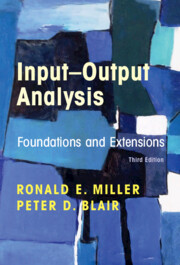The problem of how to evaluate investments in airports has now been studied for over 50 years. This paper analyzes the use of different methods like cost–benefit analysis (CBA), economic impact analysis (EIA), and computable general equilibrium (CGE) models to address the question. It assesses the strength and weaknesses of each method, and it discusses which methods have been used in different countries. The paper argues that the CBA approach and the newer CGE modeling approach address the policy issue well and that both methods are appropriate, although improvements are possible, especially in the newer aspects of evaluation. Furthermore, more data intensive CGE models are able to analyze broader aspects of the evaluation question for which CBA has had difficulty. EIA does not address the problem satisfactorily, and it misleads air transport policy. But this evaluation contrasts sharply with practice. EIA has been extensively used to decide on airport investment. CGE approaches are very promising, though further work is needed for them to reach their full potential. This paper pays particular attention to the relationship between CBA and CGE in airport investment evaluation and also the possible role of wider economic benefits (WEBs) of aviation in evaluation.
